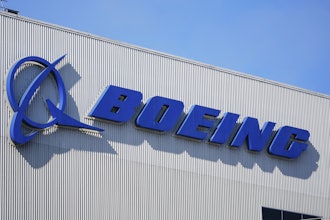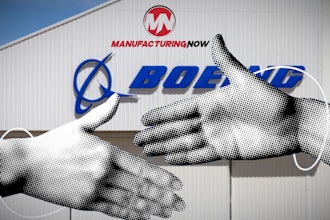Besides being some of the most well-known and trusted brand names in the world, do you know what else Teflon, Gore-Tex and NutraSweet have in common?
They’re not consumer products at all, but ingredients found in consumer products.
Think about it. No one buys Teflon. They buy pans with Teflon. Likewise, consumers don’t go out to purchase small bundles of Gore-Tex. They buy winter wear made with Gore-Tex.
But, of course, the component branding story for the ages is the incredible story of Intel chips, and how the stunningly successful Intel Inside branding campaign turned the Intel chip into one of the most recognizable, sought-after and trusted components in the history of American business.
I’ll spare you the details, but you can read about them here. Suffice it to say that Intel’s marketing and brand management people took a tiny little component — something few consumers even knew existed — and made it the single most important make-or-break feature of, arguably, the most revolutionary consumer product since the light bulb.
The only thing that might have been more remarkable than the fact that Intel’s marketers actually pulled off such a coup is how they did it. The Intel Inside campaign was, and remains to this day, one of the disciplined and deliberate branding initiatives of all time, not to mention one of the most compelling business stories.
Why bring this up?
Because many of us in manufacturing deal in components. That’s what we do. We manufacture little widgets that most consumers don’t even know exist, and then sell them to customers, who in turn use them to manufacture products they then market through a network of distributors.
And while many of you may not feel there’s much of a lesson in the Intel story, especially since you don’t have the resources to mount a decades-long, multi-million dollar consumer ad campaign, believe me, there is. There’s a big lesson there.
And it all comes down to trust.
Let me give you the best description I ever heard of what a brand is.
Take a small white rectangular box. In and of itself, that box means little or nothing to a consumer. But paint it blue and print the letters C… r … e … s … t in red, white and blue on the outside of it, and suddenly that box means something else altogether; something vitally important to people.
To the end-user, it now means cleaner teeth, fewer cavities and maybe even fresher breath.
That’s what a brand is. It’s the difference in the relationship any consumer has with some small, non-descript, plain vanilla box and a box that contains a brand-new tube of Crest toothpaste.
And that difference can be summed up in one word: trust. A consumer picks up that second box, trusting in the product inside, faithful in its ability to do exactly what it promises.
And what manufacturer wouldn’t benefit from that kind of trust? What maker of component parts wouldn’t love to have every last customer feel that level of confidence every time a new shipment of his or her products rolls up to the loading dock?
And don’t kid yourself for a minute. Making a quality component, or a quality ingredient, is only part of the battle.
Because the battle’s not over until you communicate that quality and do so effectively. There’s a real science to branding, even business-to-business branding. You cannot simply focus on engineering, quality control and pricing, and hope that everything else takes care of itself.
Branding requires so much more. Branding is about communicating your product’s value — communicating your company’s value — and then helping to establish in the minds of your customers a well-defined set of expectations that move front and center at the mere mention of your name.
I offer this not as a roadmap to branding success, but as a inducement for you to start thinking about what your brand means to those who matter most to you.
I urge you to sit with your marketing people, or an agency that understands B-to-B marketing. (And no, marketing and sales are not the same thing. Great salespeople sell. Great marketers brand.)
Tell them you want to measure your brand’s equity within the industries you serve. Tell them you’d like to conduct a brand audit, and learn the strengths and weaknesses of your brand (or brands).
Because once you do that, you’ll have taken the first step toward becoming something more than just another tiny little white box on the shelf. You do that, and you’ll have moved that much closer to replacing hope in the minds of your customers with something far more bankable: trust.
What’s your take? Please feel free to comment below! For more information, please visit The Belden Blog or Belden Universal.


















